Latest News
June 2024 – I am an accreditted volunteer with the Commonwealth War Graves Commission, focusing on the sites in North Devon. I have been up to TNA at Kew, again and my research and writing continues. I cannot cope with the number of enquiries I receive, so I apologise to those who are yet to receive a reply, and sadly, I am likely to curtail this option on the website. I hope to extend the website with additional pages covering R.A.F. Chivenor, which is ongoing. Research is time consuming, but is what I enjoy, so this means that updates on the website are sparodic. The focus is on writing a history of 268 Indian Infantry Brigade, and updating the history of the Lushai Brigade.
Thank you, Rob
Slightly off subject, but.....
I appreciate that this is slightly off subject, but I came across it and thought I should share it. It is well made and informative, but most of all I like the general context of military research. I hope you agree.
Video Rededication of War Memorial
The ceremony on Saturday 13 April 2013 to rededicate the war memorial at Torrington following the addition of the M.C. awarded to Major David WALKER. His surviving brother, Ken, attended with his family and it was a privilege to see them all. For more information and a biography of the brothers, contact the webmaster.
Released April 17, 2013
The Burma Boy
Here is a fascinating story told in video. I hope, like me, you find it moving.
In December 1941, the Japanese invasion of Burma (now Myanmar) opened what would be the longest land campaign fought by the British in the Second World War. It began with defeat and retreat for Britain, as Rangoon fell to the Japanese in March 1942. But the fighting went on, over a varied terrain of jungles, mountains, plains and wide rivers, until the Japanese forces surrendered in August 1945.
Some 100,000 African soldiers left the British colonies to fight in the jungles of Burma against the Japanese. They performed heroically in one of the most brutal theatres of war, yet their contribution has been largely ignored, both in Britain and their now independent home countries. In the villages of Nigeria and Ghana, these veterans are known as ‘the Burma Boys’. They brought back terrifying tales from faraway lands. Few survived, even fewer are alive today.
Al Jazeera’s Barnaby Phillips travels to Nigeria, Burma and Japan to find a Nigerian veteran of the war and to talk to those who fought alongside him as well as against him. He even finds the family that saved the life of the wounded veteran in the jungles of Myanmar.
Source: content and video courtesy of Barnaby Phillips and Al Jazeera English.
Book Reviews
Three new Book Reviews
Field Marshal Claude AUCHINLECK by Evan McGILVRAY
The People’s Army in the Spanish Civil War – A Military History of the Republic and International Brigades 1936 – 1939 by Alexander CLIFFORD
An American Uprising in Second World War England – Mutiny in the Duchy by Kate WERRAN
»
Field Marshal Claude AUCHINLECK
Evan McGILVRAY
Barnsley, Pen & Sword Military, 2020
255 pp ISBN 978-1-52671-610-1 (hbk)
Sometimes I find reviews difficult to write, and this was one of those cases. I have a couple of other books from this author about the Polish forces in the Second World War, and I rate them very highly, so I was looking forward to this biography on Claude AUCHINLECK. There is another biography on AUCHINLECK by Philip WARNER dating from 1981, so it was inevitable that I made comparisons between the two. In addition, there is the biography by GREENWOOD that was reprinted in 1990.
It appears this author relied heavily on these two biographies for the three early chapters on AUCHINLECK’s life. There are some misunderstandings on some aspects of the military, such as the Brevet rank, and the author misses out AUCHINLECK’s promotion the rank of Major General and the two years he spent as Deputy Chief of the General Staff and Director of Staff Duties.
From the fourth chapter onwards, the focus is on AUCHINLECK’s wartime career, for which the author refers frequently to the Auchinleck Papers held at the John Rylands Library of the University of Manchester. It is good to see primary sources utilised in this manner, and they do provide some interesting issues, in particular, the dynamics and personalities of some of the senior officers of the British Army during the Second World War. Chapters six to eight inclusive cover the war in the Middle East, and I believe that the author gives a sympathetic analysis of the situation, and the demands placed on AUCHINLECK.
The last two chapters feature what to many was the pinnacle of AUCHINLECK’s career, as C.-in-C. of the Army in India, when he had the steer the Indian Army through the trauma of partition. His position has to be seen in the context of the politics of British India from the 1930’s, through the Second World War, to independence on 15 August 1947. Once again, the author covers this well, and makes sensible conclusions from the evidence available.
My concerns about the book is that sometimes the narrative can be difficult to follow, and even having read it twice, I still found confusing. The other issue which I feel lets down the standard of the book are comments originating from the author which I feel are ill-informed and unjustified. One example are comments made about CHAMBERLAIN on page 34 and 55, which I feel are unnecessary. In my opinion, these detract from the overall content of the book.
There are eight pages of photographs in the centre of the book, all of which are attributed to the National Army Museum. Most do not have any direct relevance to the content of the book, and they are poorly captioned. There is an error in naming the Jat Regiment in one caption. The photographs add little to the book in my view.
In conclusion, this book is not of the same standard as the previous books by this author, and personally I prefer the other two biographies on AUCHINLECK. The author is to be congratulated, however, on choosing AUCHINLECK as the subject of his book, as his service in the British Indian Army is fascinating, and worthy of a higher profile. Generally, the author provides a meaningful and well-researched biography, and I feel generally he reaches objective conclusions. I am left with the view that AUCHINLECK has suffered in the historiography of the Second World War because of the acerbic and unwarranted criticism from MONTGOMERY, who for his own reasons, felt it necessary to comment upon and denigrate other officers of this period. This book provides some balance to this aspect of the Second World War, and I do recommend it to readers to broaden their understanding on AUCHINLECK and his place in history.
The People’s Army in the Spanish Civil War – A Military History of the Republic and International Brigades 1936 – 1939
Alexander CLIFFORD
Barnsley, Pen & Sword Military, 2020
i – xiii 315 pp ISBN 978-1-452676 092 0 (hbk)
I would suspect that many people in the U.K. would be oblivious to the fact that a brutal and deadly civil war was fought in a European country just prior to the Second World War. The country was Spain, now a popular holiday destination, but men from a wide range of countries travelled to Spain in 1936 and 1937 to join the fight in the civil war. As is the case now, third party states became embroiled in this conflict, the Soviet Union supporting the republicans, and Germany and Italy supporting the Nationalists, led by FRANCO.
This excellent book covers the men who joined the republic cause in Spain, including many from the U.K. It is well researched from primary sources and has an easy and enjoyable narrative style. For those without a knowledge of the civil war, it may be wise to undertake a little background reading on the causes and events of the war, as even I became confused occasionally on the terms republican and nationalist, and who was fighting who. Likewise, a basic knowledge of Spanish geography is useful. Having said that, this book is not intended as a history of the civil war, it focuses on the republic and international brigade, and in this area, I cannot fault it. I found it absorbing, as well as moving, and reminded me how ordinary men and women can become embroiled in the competing interests of politicians.
There are sixteen pages of photographs in the centre of the book, and various maps contained at the front and within the text. In conclusion, I rate this book highly and commend the author for covering an interesting, yet often overlooked, area of recent military history. My neighbours father fought in the Spanish Civil War, so for me there is a personal interest, but nevertheless, I recommend this book to a wider audience for its content.
An American Uprising in Second World War England – Mutiny in the Duchy
Kate WERRAN
Barnsley, Pen & Sword Military, 2020
i – xviii 236 pp ISBN 978-1-52675 954 2 (hbk)
I moved to live in Launceston, Cornwall, in 1979, and remember hearing about a gun battle in the town square. I left two years later, still none the wiser other than hearing third hand accounts of shooting taking place in the town in the Second World War. For me, therefore, this book fills a long-standing void in my knowledge.
This book is particularly poignant, as today society in engaged in culture and identity issues, with often a poor grasp of the history surrounding them. During the Second World War, the U.S. Army was racially segregated, and this book charts an incident in Launceston when some Black U.S. soldiers confronted white military policemen in the town square.
The book is constructed in an unusual manner, as the opening four chapters move straight into the Court Martial held in Paignton with respect to this incident. The next five chapters relate to the expansion of the U.S. Army and the place Black soldiers had within that organisation. Chapters 10 and 11 cover the arrival of the Black troops in Cornwall, and then Chapter 12 reverts to Day Two of the Court Martial. Part V (Chapters 16 and 17) cover the third day of the trial, and the last two chapters cover the Aftermath.
The book is well researched and well written, and I found it more absorbing than any novel. It treats the incident sympathetically and focuses on the role of key individuals in the events. For me, it posed many questions, yet it also provides interesting glimpses of how British people welcomed Black people into their communities. It also left me feeling that there any still many differences in culture between the U.S.A. and U.K., borne out of the separate histories of the two nations.
Finally, for those with an open and enquiring mind, I thoroughly recommend this book to you. As regards any conclusions, that is for the reader to determine having completed the book.
The Devil’s Bridge – The German Victory at Arnhem, 1944
Anthony TUCKER-JONES
Oxford, Osprey Publishing Ltd., 2020
304 pp ISBN 978-1-4728 3986 2 (hbk)
I enjoy reading a book that brings new perspective to a specific event, which is difficult these days, as so much has been written about what are deemed by the public to be the main events of the Second World War. This book meets that criteria, and so much so, that I stopped reading another book to read this one instead. For some reason, Operation Market Garden in September 1944 has been the subject of a plethora of books and magazine articles, many of which duplicate each other. There is only one other book that covers the operation from the German perspective, so this book helps fill a void. I like to see matters from both sides, to understand the factors that led to the known outcomes. As is said in science, every action begets a reaction.
In eighteen chapters, the author views the events of this operation from a German viewpoint. It chronicles the scramble by the German to escape the rapid Allied advance, and to rebuild its forces in the Netherlands and along the River Rhine. The author draws on a variety of sources to build a captivating narrative of confusion, indecision, and piecemeal responses to the Allied landings and advance towards Arnhem. He provides a portrait of the key participants in the German response, and their personalities and motivations.
There are nine maps included, which in Osprey style, use the standard military symbols. There is a key to there in the front of the book, but even though I am familiar with them, I kept having to go backward and forward to understand the maps. There are some illustrations in the middle of the book, which are mainly of the German officers referred to in the book, together with some general photographs.
In my opinion, there are better maps and photographs, but the reason for reading the book is the narrative. I found it a pleasure to read, flowing and informative. Most importantly, it enhanced my knowledge and understanding of the circumstances and nature of the battle for the bridges over the Maas, Waal and Rhine. I did not realise how disjointed the German response was, and how they seemed to take any male person under their control, give them a gun, and sent them forward to stop the Allied advance. That the Germans managed to defeat the Allies and prevent them gaining a bridge over the River Rhine is remarkable.
From a British perspective, it does not make for easy reading, as it challenges many of the perceptions often circulated about this battle. It is, however, I feel necessary to read this book to gain a broader understanding of this element of the Second World War. Thoroughly recommended.
To Defeat the Few – The Luftwaffe’s Campaign to Destroy RAF Fighter Command August – September 1940
Douglas D. DILDY & Paul F. CRICKMORE
Oxford, Osprey Publishing Ltd., 2020
387 pp ISBN 978-1-47283918 3 (hbk)
Another event of the Second World War that is iconic in British history is the Battle of Britain. Again, much has been written on the subject, generally from the British perspective. The film gives a British perspective of the events of August and September 1940, but why was it fought.
This book answers that question and more. It was a delight to read to it, and I was glued to it for four days. I really enjoyed the strategic elements in the earlier chapters, that lead on to the various stages of the battle. The last Chapter, XIV, is in many ways the most interesting as it assesses the Battle of Britain from the perspective of the Luftwaffe. The book uses a variety of sound sources and is clearly researched well. The photographs and maps add value to the book and complement it nicely.
In conclusion, I so enjoyed reading this book that I read it twice. It brings a new perspective on the events of the summer of 1940, and shows me that the options available to the German High Command were, in fact, limited, and that the air offensive was only viable option to inflict a defeat on the U.K. in the short term (the U-boat campaign was a long-term operation), and that this failed. It was the first defeat of the German military since its rise from 1933 onwards, and is therefore, of great interest and significance. This book more than does it justice.
Men of the Battle of Britain – A Supplementary Volume
Kenneth G. WYNN
Barnsley, Frontline Books, 2020
i – xxii 112 pp ISBN 978-1-52678-527-5 (hbk)
In respect of any interest in the Battle of Britain, this epic book researched by Kenneth WYNN and the Battle of Britain Memorial Trust is an absolutely essential reference book. It follows, therefore, that this supplement is a ‘must have’ book for anyone with more than a passing interest in the Battle of Britain in mid-1940.
The original book comprised a concise biography of every member of air crew who fought in the battle, using some well-accepted criteria to determine the scope of the project. In many cases, there are photographs of the subject of that biography. Naturally, the depth of the content of each biography varies, but most give a sufficient precise of that individual to give an insight into their life, and to serve as a tribute to them.
This Supplementary Volume provides corrected and additional information from the previous, main volume. It only includes those individuals for whom there is a requirement for an updated biography, so therefore, it is to complement, not replace, the original volume.
What more can I say other than to praise both the people who have researched all the approximately 2,900 people who are included in the two volumes, and to Frontline Books for publishing such a seminal work.
With a Royal Engineer Field Company in France & Italy
V. F. EBERLE
Barnsley, Pen & Sword Military, 2020
208 pp ISBN 978-1-52675-132-4 (hbk)
This book is, in effect, the diary of V. F. EBERLE, who enlisted in August 1914 in a Territorial Force field company of the Royal Engineers. He went on to be commissioned, and to serve with this company in France and in Italy. His service was with the 2nd South Midland Field Company, later designated as the 475th (2nd South Midland) Field Company, which was part of the 48th (South Midland) Division throughout the First World War.
The diary follows a chronological format, and gives personal insights into his view of events, as well as describing the engineering tasks undertaken by the company. Personally, it was this aspect of the book that appealed to me more, by understanding the role of the Royal Engineers in the First World War, and the demands placed upon them.
There are thirty chapters, the last one providing some post-war retrospective views and opinions. There is only one map, which is of little value, and eight pages of photographs, which are of a general nature rather than being specifically relevant to EBERLE. The captions to the photographs have been written to make them relevant to the text in the diary, and this does provide some context.
In summary, this is one of many diaries of personal experiences in the First World War, but the value in this book is the description of the role of the Royal Engineers in this war. And, for that reason, I found the book both interesting and informative.
First Burma Campaign
Colonel E. C. V. FOUCAR
Barnsley, Frontline Books, 2020
366 pp ISBN 978-1-52678-321-9 (hbk)
I often find books that I review a little predictable, so I was delighted when I opened and read this gem. It is based on a narrative written by Colonel FOUCAR immediately after the conclusion of the First Burma Campaign in 1942. The manuscript was lodged in The National Archives (CAB 44/324) but John GREHAN has taken it and produced it in this book, together with a short introduction by himself.
I have both the official British and Indian histories of this campaign, so I was surprised to find how comprehensive and detailed this narrative is. Not only does it cover the events of this campaign, but Colonel FOUCAR also included insights into the nature of the campaign for the people involved, and he provides a good indication of the climate, geography and the people who lived and worked in Burma at the time of the invasion.
There are five comprehensive appendices, four of which are full orders of battle, and the other gives the state of the infantry battalions of the 17th Indian Division on 24 February 1942. There are no maps with this book, although good maps are available from other sources, and some photographs are included to provide some reference.
In conclusion, I was delighted to receive this book, and I am impressed with its content. It is not a book I would read cover to cover, but its twenty-six chapters are better read singularly, as each one covers a specific event or issue. In my humble opinion, this book is essential for anyone with an interest in the Second World War in Burma, both in the 1942 campaign and later 1944/45 campaign. It is simply a gem, and I am delighted to see it published.
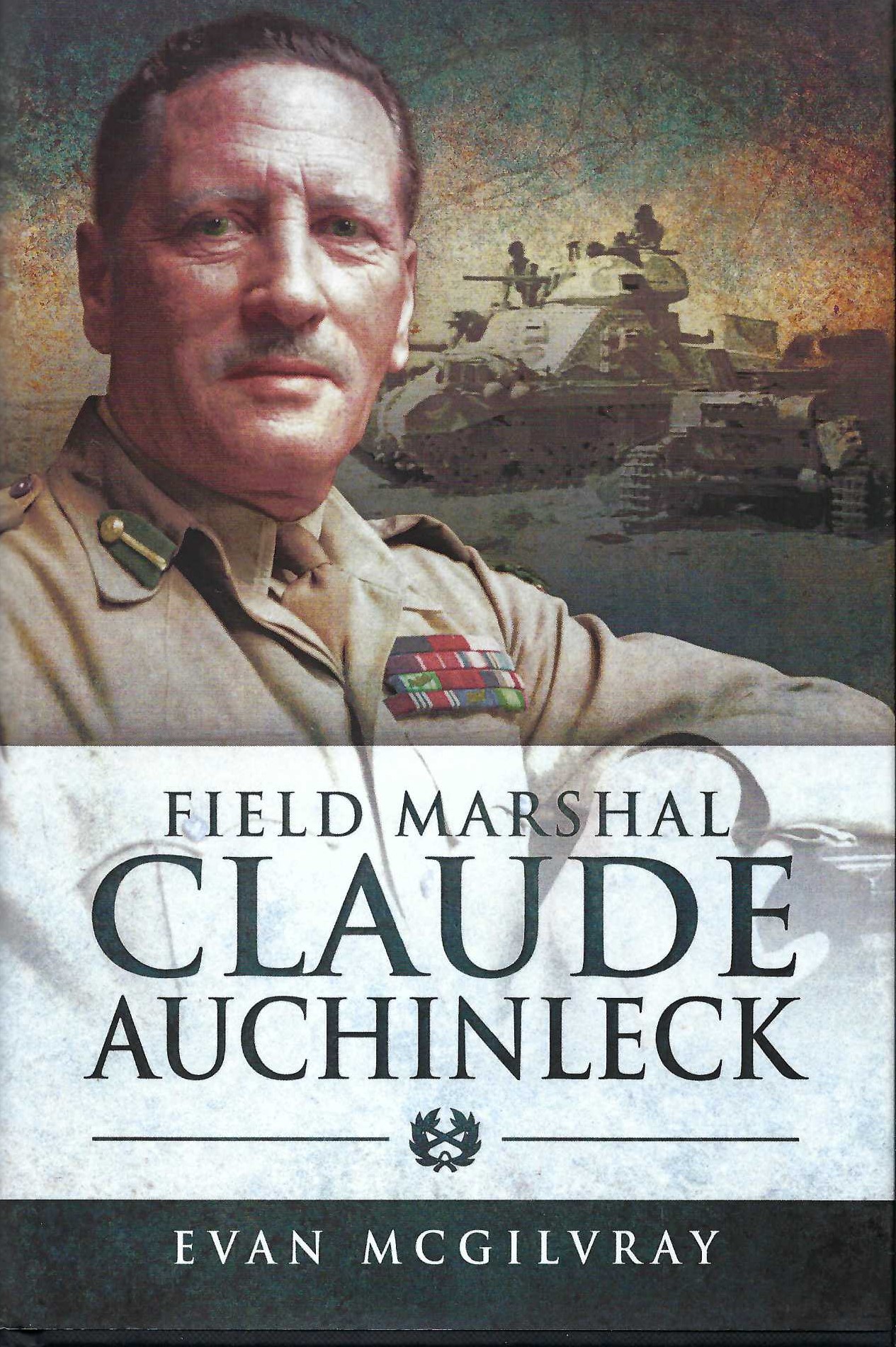
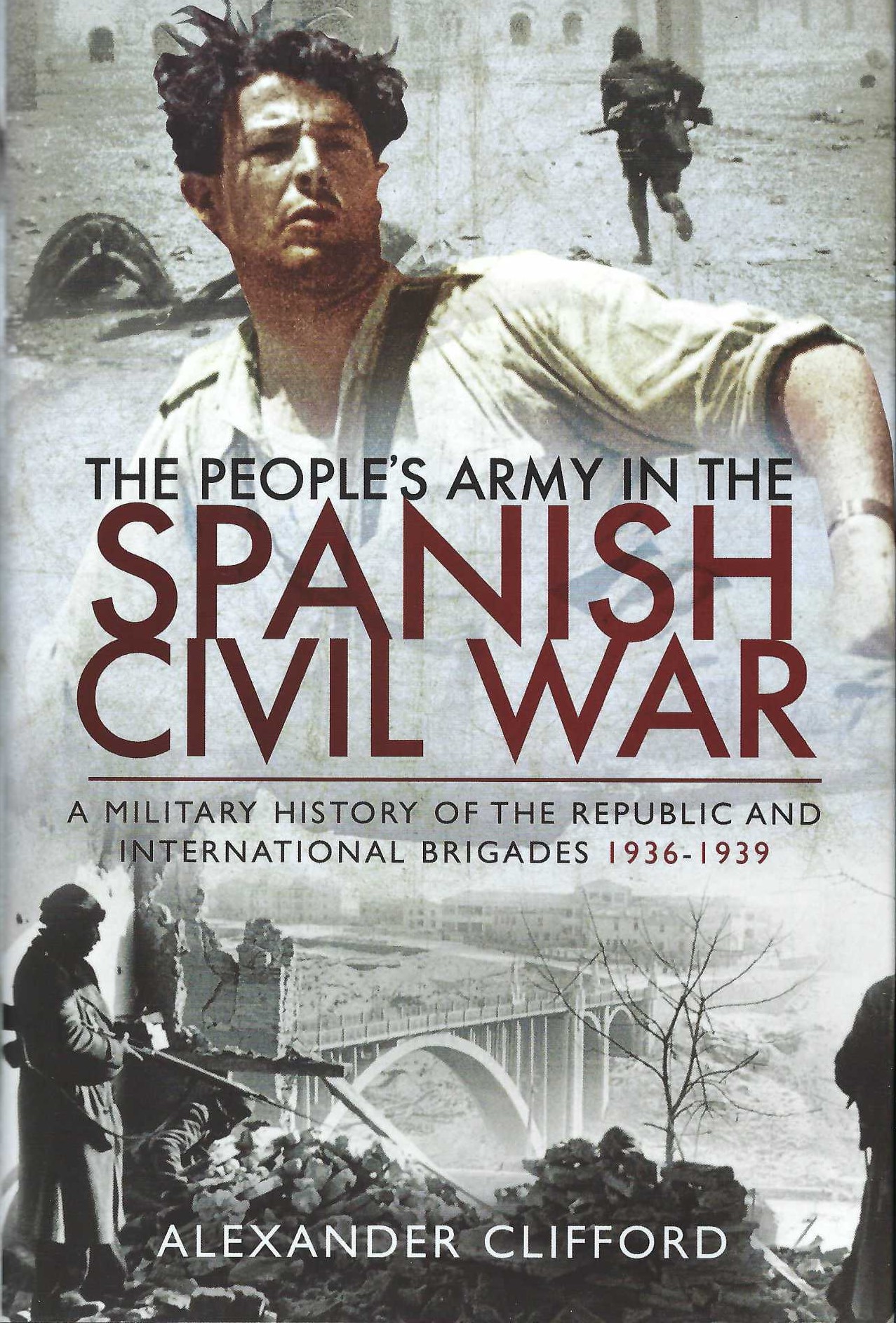
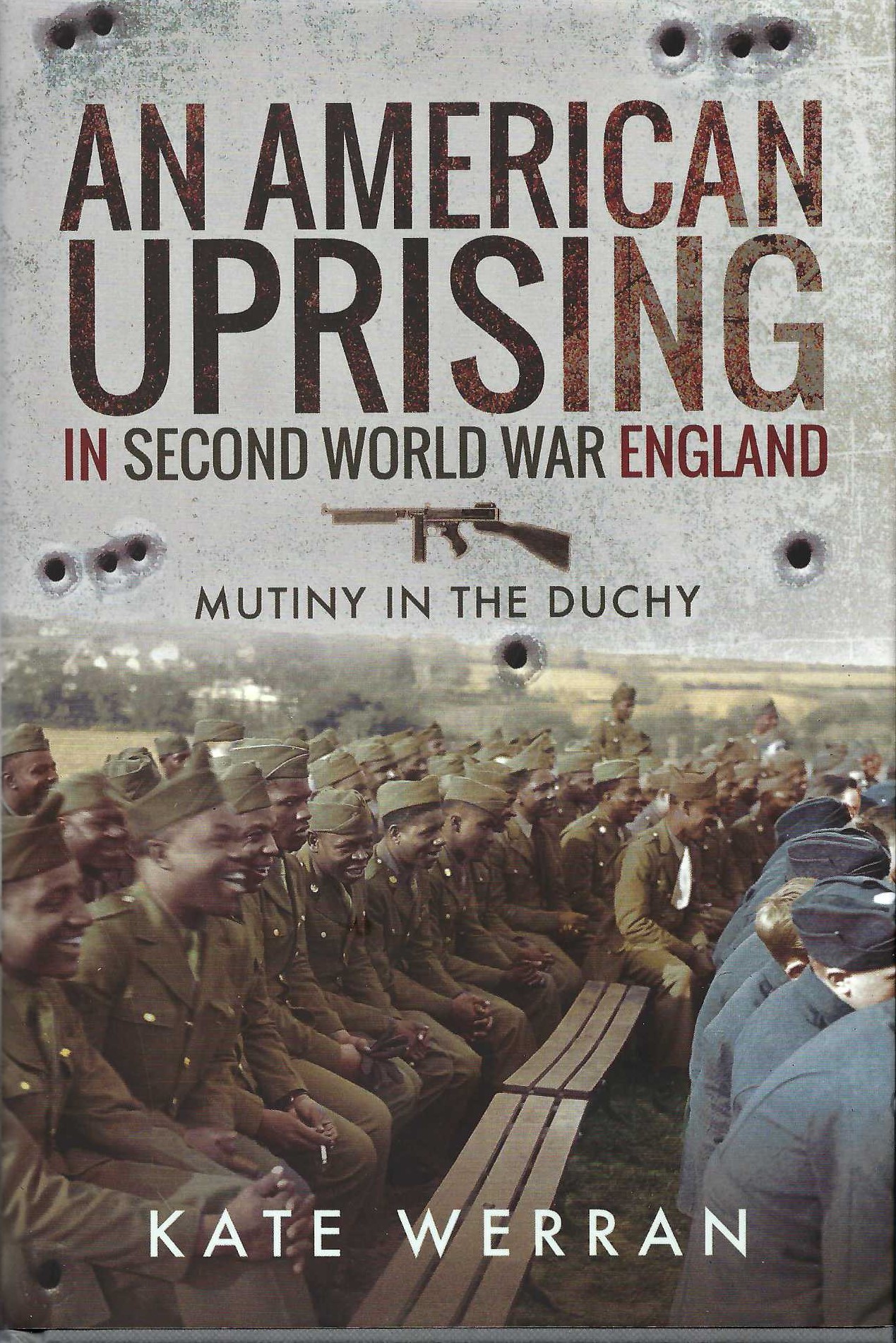
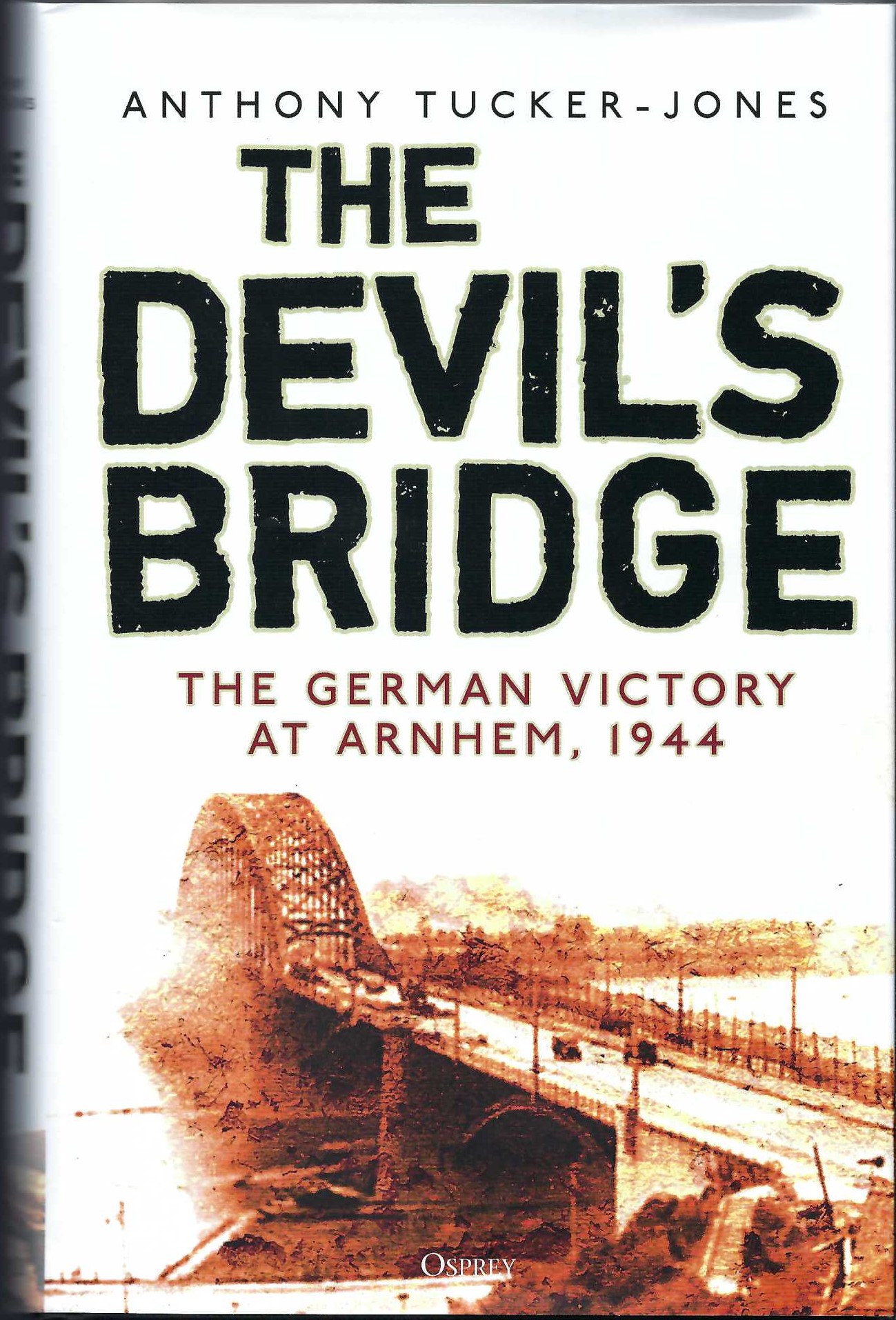
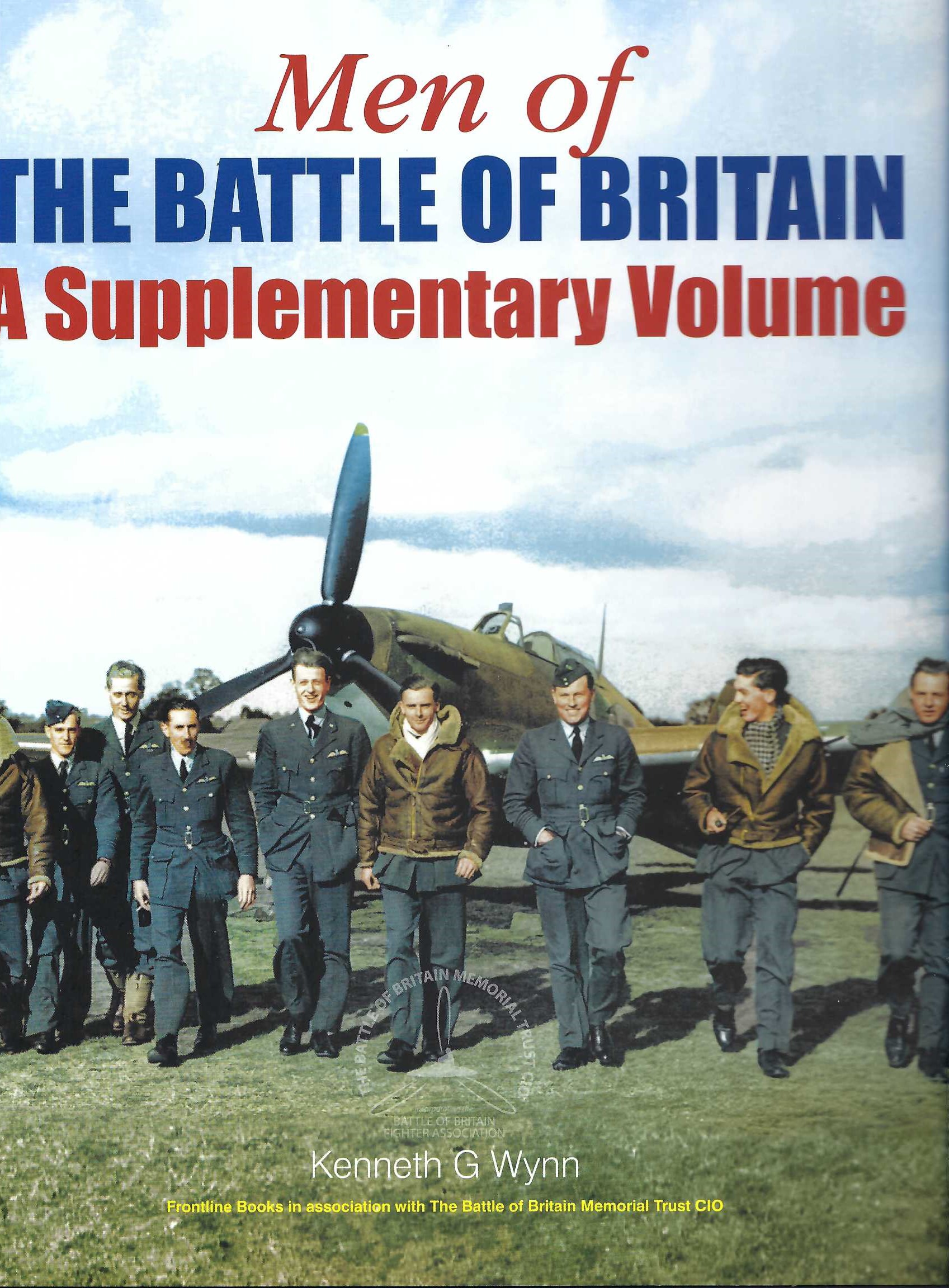
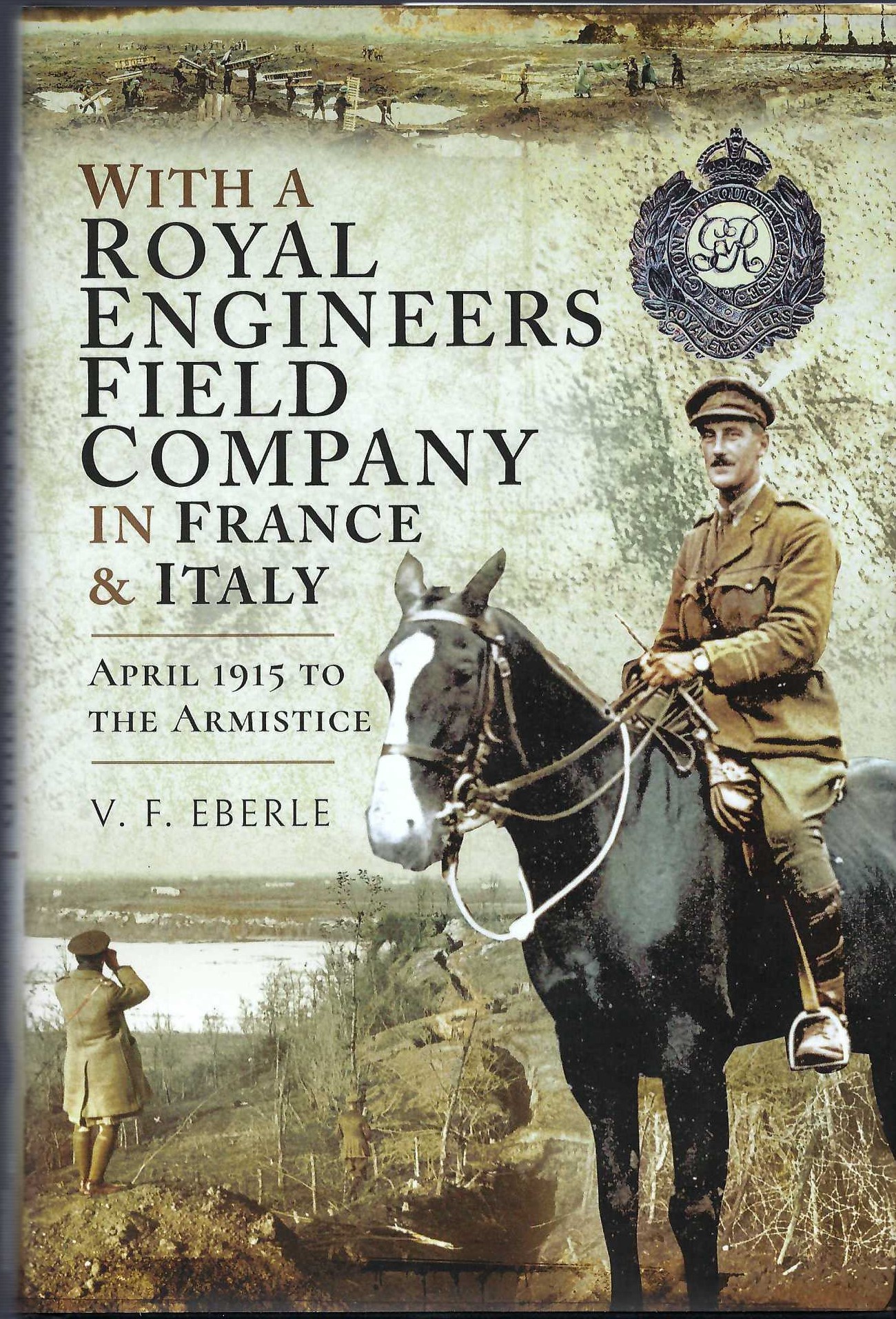
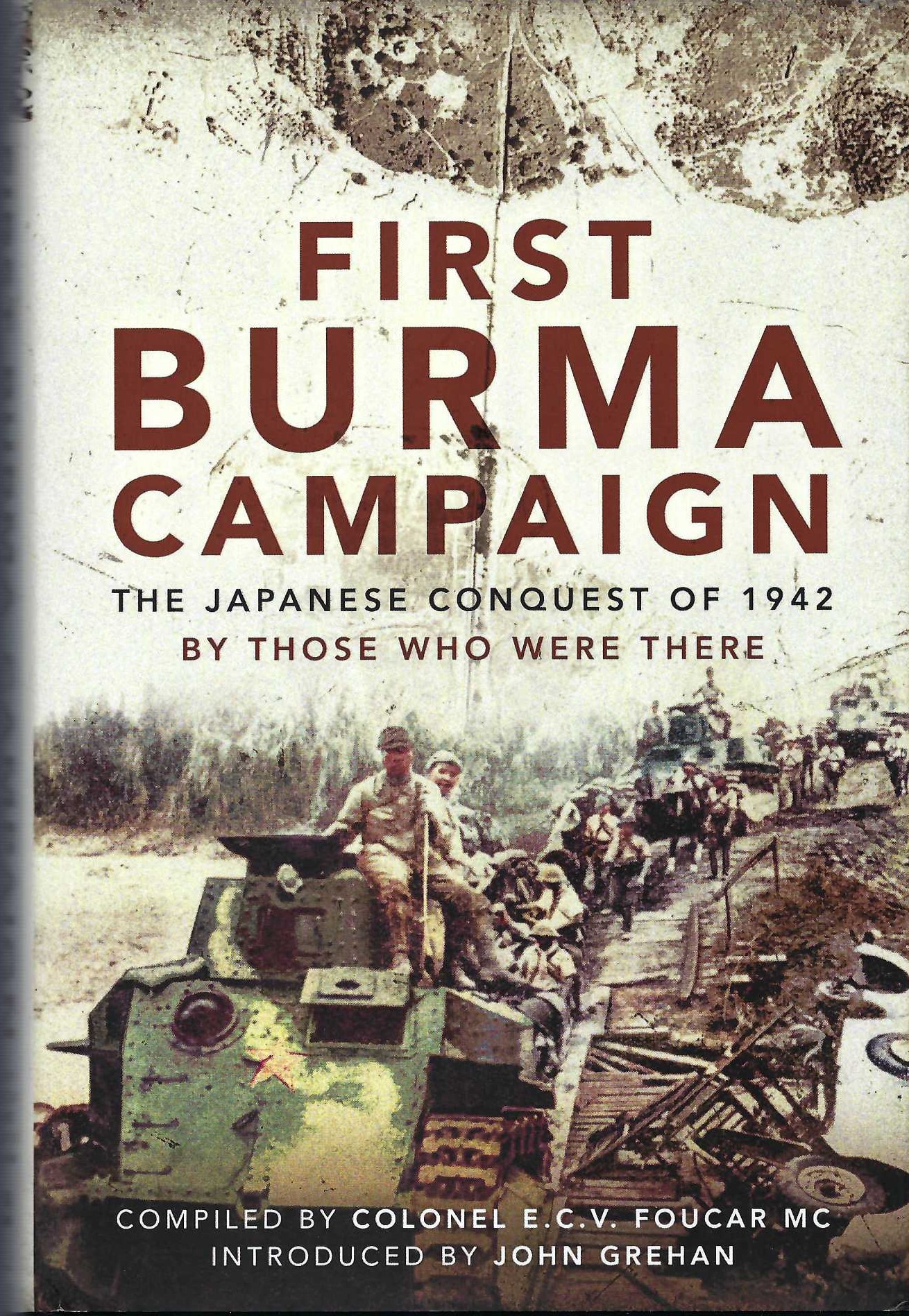
Website
The new web-site effectively went live in January 2018. Thank you to Really Different for your work and support.
I had over 500 pdf documents loaded on the old site, and I have begun the process to reload them onto the new site. This will take time, so please bear with me.
I am using this process to review, and if appropriate update, the pdf documents before reloading them, which is adding to the timescale for reloading. If you cannot find a document you are looking for, please contact me and I can supply them through a different medium.
Thank you.


